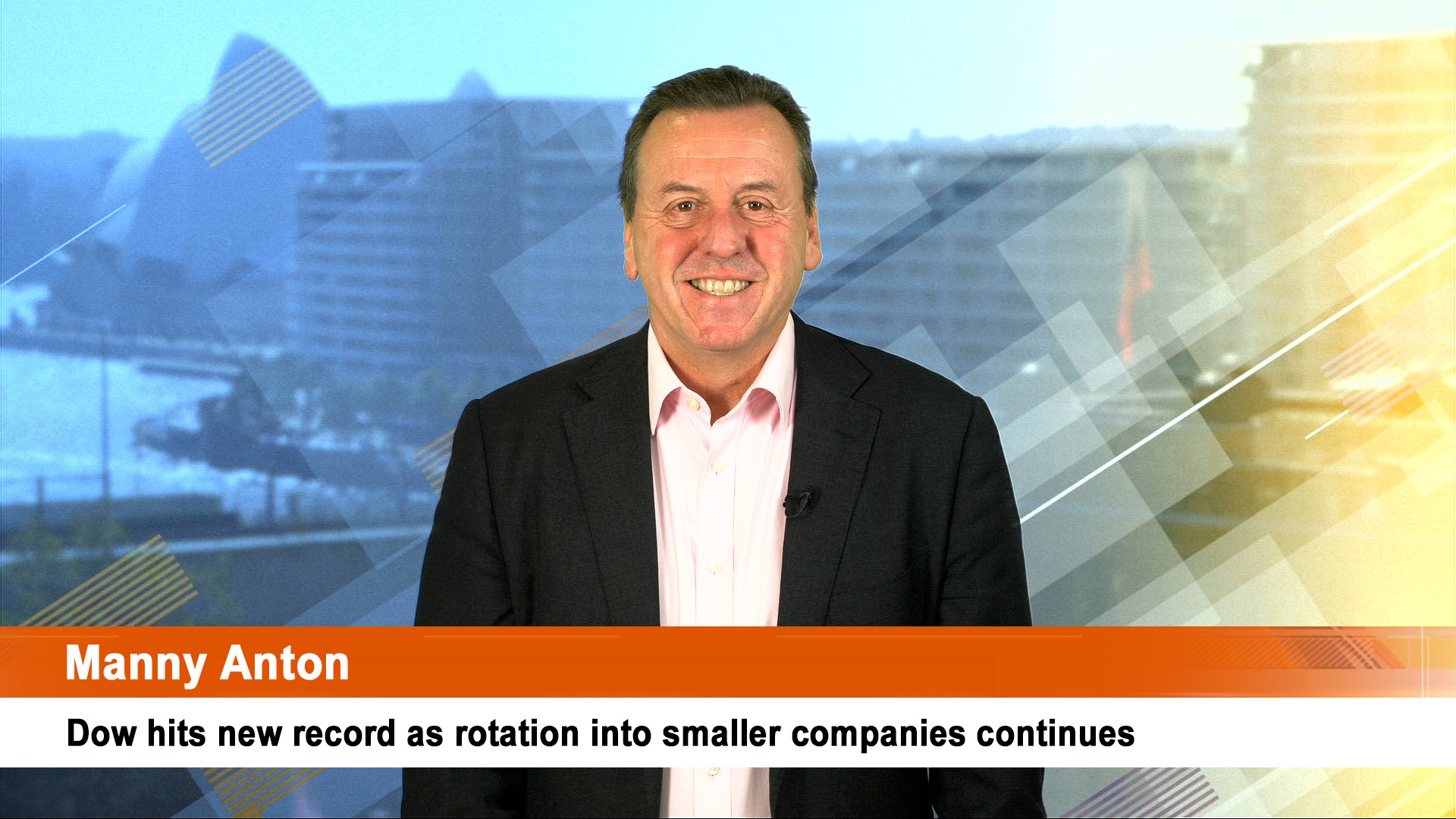The US jobs data for February dominates market this week – even in Australia where the next rate rise from the Reserve Bank tomorrow is a given, as far as markets are concerned.
The big key will be the size of the US jobs number after economists completely missed the huge 517,000 new jobs in January. More of that later.
China also releases January and February trade data tomorrow as well as February’s inflation figures. on Thursday. Both will be examined to see if economic activity surveys last week showing a big rebound are supported by the trade data in particular.
But in Australia, the RBA will lift the cash rate by 0.25% to 3.6%, but some economists say that should be it for the time being.
The AMP’s chief economist, Shane Oliver says the RBA has likely already done enough to cool growth and inflation and so should pause to allow more time for lags to work, particularly in view of the run of softer economic data lately.
“However, the extent of its hawkishness over the last month – flagging that “further increases in interest rates are likely to be needed” – means that recent data is unlikely to have been enough to prevent it hiking again on Tuesday and so we expect that it will raise rates by another 0.25%… following the run of softer economic data we expect that the RBA may ease its tightening bias a bit,” Dr Oliver wrote at the weekend.
Governor Philip Lowe has a speech planned for Wednesday at the Australian Financial Review Summit, where he is expected to explain Tuesday’s decision.
Economists at Moody’s also endorsed a rise of 0.25% tomorrow from the RBA, while other economists in Australia reckon the central bank will add more increases over the rest of the year. after lifting the cash rate tomorrow
On the data front the trade account for January will be released and Dr Oliver says it should be around $11.5 billion.
Dr Oliver also looked at the local December half earnings reporting season which wrapped up last week.
“The good news is that 55% of companies reported increased earnings on a year ago and 53% reported increased dividends, which are an improvement on the August reporting season.
“However, both were below average, comparisons to December half 2021 are relatively easy given the lockdowns at the time and there have been more companies surprising on the downside (38%) than the upside (37%).
“Reflecting this only 46% of companies saw their share price outperform the market on the day they released their profits which is down on the norm of 54%.
“Key themes are that: the consumer appears to be slowing; labour market tightness persists but supply delays are easing; bank earnings are showing signs of having peaked with credit growth slowing, interest margins likely to deteriorate and bad debts likely to rise; and big miners’ dividends have peaked for now.
“As a result, consensus earnings expectations for this (June) financial year have been revised down from 7.7% to 6.6%,” Dr Oliver wrote.
In the US economists don’t see a repeat of the huge January surprise in the February numbers. Dr Oliver says 215,000 new jobs willbe revealed on Friday with unemployment edging up to 3.5% from 3.4%, which will still be near record lows.
Moody’s economists expect 225,000 new jobs to be revealed on Friday and a pick up in the jobless rate to 3.5%.
This week also sees the release of the latest Job Openings and Labor Turnover Survey (called JOLTS and out Wednesday). Moody’s forecasts the number of job openings will drop from 11 million in December to 10.6 million in January. The December figure was a rise of nearly a million from November, which was a shock. Also set for release are January’s factory orders and wholesale trade data.
Fed Chair Powell will testify in Congress on Tuesday and Wednesday and will likely remain hawkish and will remind markets that rates will be higher for longer because the economy is not tanking.
There are still some US corporate results from the likes of Campbell Soup, Adobe, FedEx, BMW, Cathay pacific and Williams Sonoma. Apple’s annual meeting is due this week and is not expected to see a repeat of last year’s concerns about the pay packet of CEO Tim Cooke.
The Bank of Canada (Thursday) is likely to leave interest rates on hold at 4.5% consistent with its forward guidance while the Bank of Japan (Friday) will probably leave monetary policy on hold but Dr Oliver wrote at the weekend that a surprise reduction in stimulus (in relation to its yield curve control) is always possible as it is Haruhiko Kuroda’s last meeting as Governor.
Malaysia’s central bank meets Tuesday as well and is forecast to lift rates.
In Europe UK. GDP for January following a 0.5% month-to-month contraction in December. The economic conditions for the UK were grim in January with inflation still in the double digits, and consumer sentiment weak.
Meanwhile, Moody’s says euro zone retail sales likely partially recovered in January, by 1.6% month over month following December’s sharp 2.7% contraction. Households likely came back to spending after the holidays, since we saw some improvements in euro zone consumer confidence. Retail releases from the Netherlands and Portugal, published last week, as well as France’s household consumption survey, point in the direction of solid growth.













